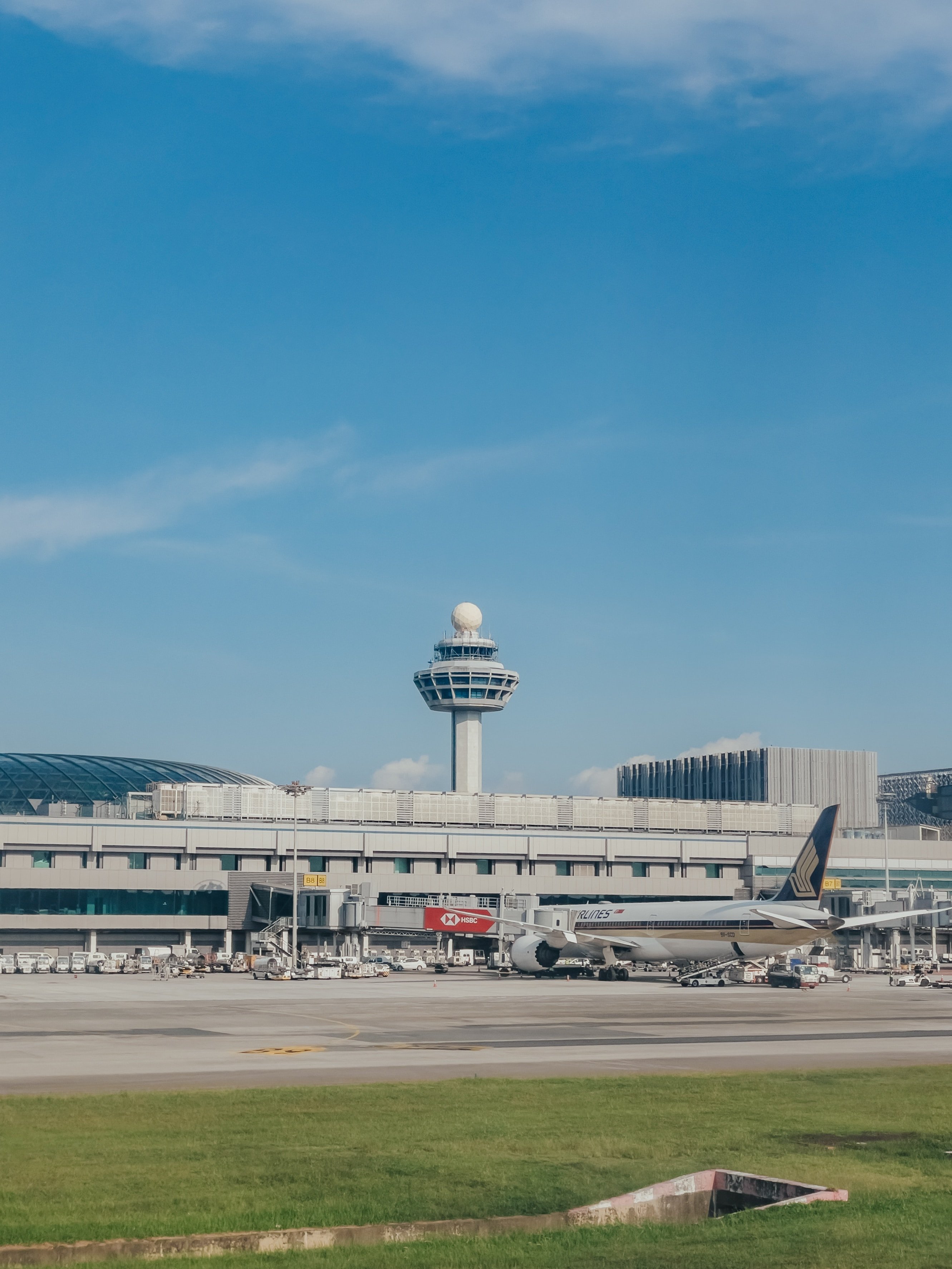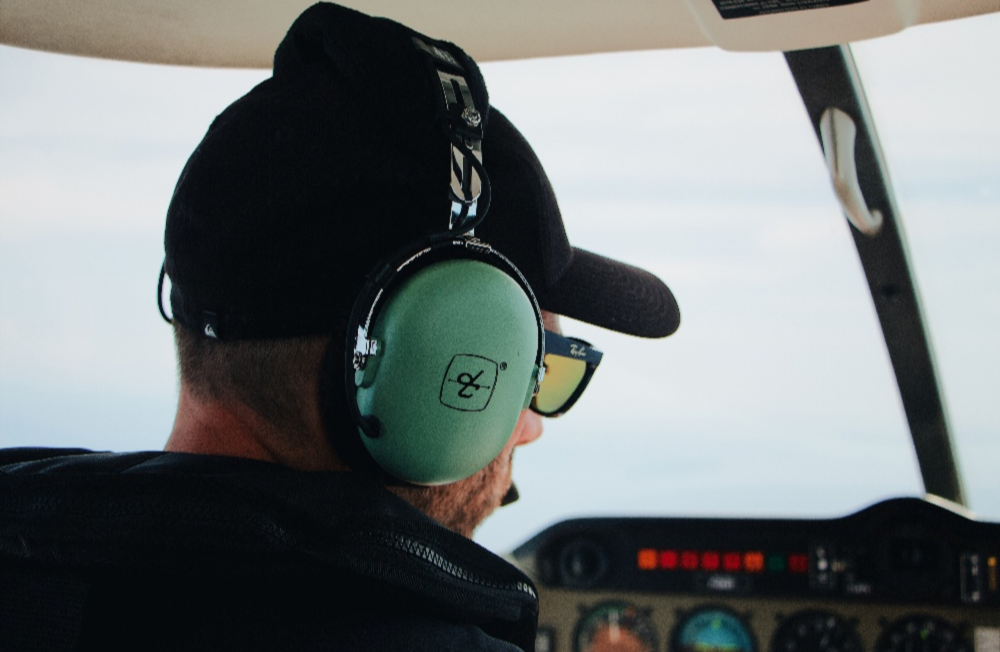Runway Incursion Avoidance: Special Emphasis for a Reason
The Federal Aviation Administration’s “special emphasis” areas remain hot-button topics among flight instructors, designated pilot examiners, and FAA personnel. Encompassing some of the most pervasive and consequential risks to safety the FAA has identified, the special emphasis areas find their way into almost all checking events administered to pilots, regardless of their certificate level.
One of the special emphasis areas is the avoidance of runway incursions. Defined by the FAA as “the incorrect presence of an aircraft, vehicle, or person on the protected area of a surface designated for the landing and take off of an aircraft,” runway incursions present a danger to all pilots, whether they operate at major airports, smaller local fields, heliports, or seaplane bases.
Incursions by the Numbers
Though long an issue of interest for both the FAA and the European Union Aviation Safety Agency, runway incursions remain an ongoing battle in aviation safety. Searching for "incursions around runways" in the National Aeronautics and Space Administration’s Aviation Safety Reporting System returns over ten thousand results, ranging from pilots reporting unintentional runway entries to mechanical failures of braking systems and improper air traffic control clearances. The stories may vary, but the result is often the same: a loss of separation between the aircraft on the ground and those taking off or landing.
The FAA maintains a monthly running total of reported runway incursions. While the numbers vary from month to month, an average of three to five incursions per day are documented. Since these are only the reported incidents, we can venture to guess that many others occur that are not reported to the FAA.
The FAA’s Battle Against Incursions
For pilots who have used the Practical Test Standards, you may remember that the FAA included the list of special emphasis areas as a standalone topic you needed to discuss at the beginning of a practical check. Among topics such as controlled flight into terrain and aeronautical decision-making, runway incursions were expected to be well understood by pilot applicants.
When the Airman Certification Standards replaced the PTS, the FAA removed the list of special emphasis areas, opting to integrate its contents organically into appropriate parts of the checkride. For example, the current Commercial Pilot ACS mention runway incursions in the sections that cover taxiing and post-landing procedures.
Proper Planning Prevents Poor Performance.
As a pilot, you have several tools available during preflight planning to ensure you are mentally prepared for various airports, and the numerous incursion avoidance tools provided by the FAA extend to air traffic controllers and ground personnel as well.
In May 2022, the FAA updated how it depicts hot spots at airports, areas “with a history or potential risk of collision or runway incursion.” The changes standardized hot spot symbols and descriptions: A circle or ellipse represents ground movement hot spots, and a cylinder represents wrong surface hot spots.
Before you fly into a new airport, you should review the appropriate diagram to identify hot spots and other airport information. Beyond being best practice to do so, 14 CFR 91.103 requires that you "become familiar with all available information" before beginning a flight.
Modern Tools and Classic Techniques
The advent of electronic flight bags has changed the face of modern piloting. Most pilots have replaced books of paper charts with an iPad, often one capable of showing the GPS location of the device on the chart, allowing “own ship” position to be displayed. Applications like Garmin Pilot and ForeFlight provide geo-referenced airport diagrams and moving maps that replace the FAA’s airport diagrams with digitally generated airports, allowing almost infinite zooming and reorientation. Newer avionics systems in many business aircraft and airliners provide on-the-fly indication of the taxiway or runway occupied, allowing a quick confirmation of position.
But despite technological advances, runway incursion avoidance still relies on the pilot or pilots at the front of the aircraft to use sound decision-making. At a minimum, you should do the following when you are at the controls.
- Jot down the taxi instructions and review them before moving to ensure you follow the taxi route properly (even at familiar airports).
- Request clarification from the controller if you are unsure. S/he would much rather answer a question than have a potential incursion.
- Utilize the sterile cockpit concept popularized by the airlines to avoid unnecessary communication with passengers during taxi.
- Keep in mind that taxiing is a visual maneuver. Your eyes should be outside, watching for traffic and monitoring the progress of your taxi. Your situational awareness is more important than monitoring your digital tools.
Incursion Avoidance at All Levels
NASA’s ASRS shows that incursions and near incursions can happen to anyone, almost anywhere. A quick browse of the resource offered the following examples.
- An airline crew crossed an active runway due to the captain rushing on his last leg of the day, causing another airliner to go around less than 200 feet above the ground.
- A pilot of a Cessna at an uncontrolled field nearly swerved off the runway after a vehicle entered the runway during his rollout.
- A tower controller caught a near collision as an aircraft rolled across a midfield hold-short line as another entered the flare.
The list goes on.
No matter your experience level, utilizing the tools at your disposal, maintaining a professional attitude, and careful planning can help ensure every flight starts and ends with safe airport operations.
Share this
You May Also Like
These Related Articles

ATC Light Gun Signals: What You Need To See and Know

Four Tips for Mastering ATC Communications
.jpeg)